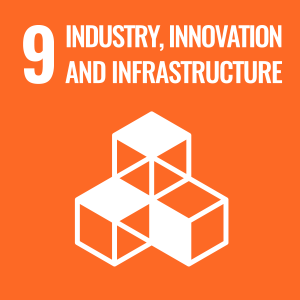Commentary: GM’s ‘next-gen’ EV batteries show promise – but key hurdles remain
The following expert comment was written by Dr Kai Yang, Lecturer in Energy Materials & Nanotechnology at the University of Surrey, offering insight into the opportunities and challenges of General Motors’ collaboration with LG to develop lithium manganese-rich (LMR) batteries for its next-generation electric vehicles.

"Lithium manganese-rich (LMR) cathodes offer much higher energy density than current Nickel Cobalt Aluminium Oxide (NCA), Nickel Cobalt Manganese Oxide (NCM), and Lithium Iron Phosphate (LFP) batteries, while reducing reliance on expensive cobalt, making them a strong candidate for next-generation electric vehicles (EVs). However, their high-voltage operation triggers oxygen release, leading to structural degradation, electrolyte decomposition, voltage fade, and reduced energy/power density. These issues not only limit battery health but also raise safety concerns.
"While advances in material design are promising, wide adoption will also depend on intelligent battery sensing to monitor degradation in real time and ensure safe, stable operation. A 2028 rollout is possible in niche markets, but broader use requires further breakthroughs in stability and interfacial-related issues."
Related sustainable development goals


Media Contacts
External Communications and PR team
Phone: +44 (0)1483 684380 / 688914 / 684378
Email: mediarelations@surrey.ac.uk
Out of hours: +44 (0)7773 479911
